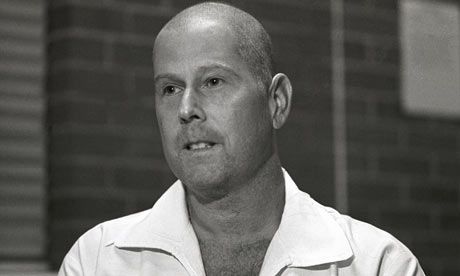
Children are also introduced into the perpetual cycle of slave labor when their families give them to carpet factory owners under the false impression that their child will be educated, nourished, receive a salary, and eventually be sent back home. Some families sell their children to loom owners because they cannot manage to pay for their food. Some children are even kidnapped and in turn sold into slavery. (Child Slavery in the Carpet Industry)
The customary caste systems of the feudal societies of India and Nepal target the lowest group because they are the easiest to exploit. In the traditional Indian caste system, the Dalits are the most susceptible to exploitation. Between 80% and 90% of child slave laborers in debt bondage belong to the Dalite caste. They live in extreme poverty and are willing to do anything to escape their predicament despite the fact that they will never be able to change castes. However, their lack of education renders them defenseless and vulnerable to the trickeries of loom owners. These carpet factory owners force these people to work often times without pay and inhumane working conditions. Members of the upper caste (in Nepal it is the Brahmin caste) are often times the loom owners who taunt and abuse the Dalites, perpetuating their economical standings and assuring that their families remain in debt bondage. (Halpernin, Child Slavery in the Carpet Industry, Child Labor in the Carpet Industry)
Like the Dalites, it is very easy for loom owners to exploit children. Children who come from impoverished families have no defense. Their families have no financial means of support and are dependant on them to help get them out of debt and make enough money so that they can eat. Attempts have been made to validate the use of child slaves in the carpet industry by stating that only a child's agile fingers can concoct the complex patterns of a carpet. However, this does not substantiate the improper treatment of children, because the carpets sold for the most money are generally those made by adults. Loom owners prefer children to adults because they can be easily manipulated and coerced. Children accept scanty wages and appalling working conditions because they have no means of defending themselves. They also have good eyesight, allowing them to work efficiently in poorly lit areas. (Child Labor in the Carpet Industry)
Not only do child slave laborers work in poor conditions, they are also treated with brutality. The silk industry employs children as young as five years old to work a minimum of 12 hours a day, up to seven days a week. In order to make silk thread, the children are forced to dunk their hands into boiling pots of water, resulting in blisters and severe burns. They are subject to infection and cuts because of the dead worms they are forced to handle bare handed. They do not attend school, and are generally beaten by their employers. By the time they are adults and are as lucky as to have repaid their debt, they are uneducated and often crippled by labor. (Child Labor in the Carpet Industry)
In the carpet making looms, the children are subjected to fumes, dust, and wool particles, all causes of lung disease. Children also contract many illnesses such as fever, liver and kidney problems, crippling of the back and limbs, and stomach problems. They are also malnourished and have dental problems. Children are tortured mercilessly by loom owners. They are beaten with sticks and burned with hot irons if their work too slowly, make a mistake, or call for their families. "Sometimes slaves are hung upside down from trees and poked with cigarettes. Others are killed for attempting to escape." (Child Labor in the Carpet Industry) By the time the children are adults they are continually ill and permanently crippled. Many do not live past the age of fifty.
Iqbal Masih, a Pakistani child, became the voice for child slave laborers in the carpet industry at the age of ten, when he was freed by the Bonded Labor Liberation Front. Masih was sold to a loom owner at the age of four when his parents needed money in order to pay for his brother's wedding. His family needed a loan of merely twelve dollars. Masih was treated like an animal; he was physically and verbally abused, chained to his loom, and forced to work for over twelve hours a day. As a spokesperson and youth president of the Bonded Labor Liberation Front, Masih went to many American schools telling his story. He also received several awards and a scholarship to the prestigious Brandeis University. However, on March 16, 1995, Masih was murdered in Pakistan by what many organizations believe to be the carpet mafia.
Their have been many attempts to put a halt to child slave labor. This growing movement has caught the attention of the Anti-Slavery Society, resulting in the UN Working Group on Contemporary Forms of Slavery and the International Labor Organization's pushing the Indian and Pakistani governments to enforce their own child slave labor prevention laws. Another organization that has taken a strong stance in freeing enslaved children is the International Justice Mission. This Christian ministry intercedes when authorities do not enforce child slave labor laws. They have effectively freed over 200 enslaved children from India. (Child Slavery in the Carpet Industry)
In conclusion, child slave labor is a pervasive problem throughout the world. This inhumane treatment of children is viewed as ordinary and even acceptable in countries such India, Nepal, and Pakistan. These defenseless and vulnerable children are in need of a voice, and through the intervention of several humanitarian organizations, their wellbeing is starting to be accounted for. These organizations have helped to shed light of this horrifying reality. Iqbal Masih's story helped to make the American public aware of this worldwide epidemic by giving millions of enslaved children a voice.











